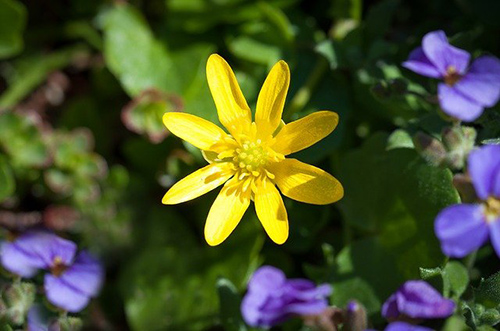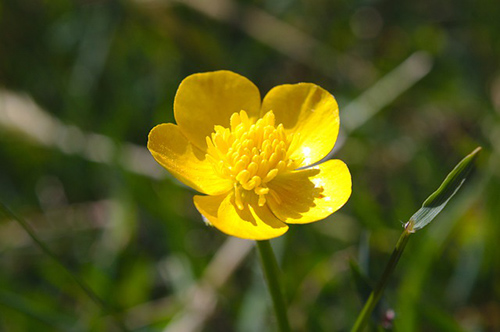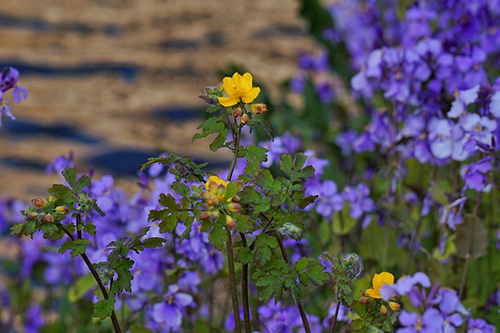Contents
Pedanius Dioscorides, in the first century A.D., already mentioned the celandine plant and remarked that swallows restore the sense of sight to their chicks by touching their eyes with a bit of the plant.

Celandine Plant Scientific Facts
- Other names: Greater celandine, chelidonium, garden celandine, great celandine, tetterwort.
- French: Cheidoine
- Spanish: Celidonia mayor
- Environment: Damp, dark walls and roadsides all over Europe. This plant has been naturalized to North America.
- Description: Vivacious, herbaceous plant of the Papaveraceae family, growing from 30 to 100cm high, with yellow flowers and fetid odor.
- Parts of the plant used medicinally: The leaves, the root, and the yellow or orange latex which flows when cutting the plant.
Healing Properties and Warning

The latex flowing from the whole plant contains around ten alkaloids, the most active of which is chelidonine. It has choleretic, antispasmodic, sedative, and mildly narcotic (sleep-inductive) properties. It has been successfully used to treat nephritic and biliary colic, jaundice, liver insufficiency, asthma, and angina pectoris.

However, due to its toxicity, it is mainly used externally. The latex alkaloids have antimitotic and antiviral properties. It heals warts, herpes, and calluses, succeeding even in the most persistent complex cases.
WARNING! Never exceed the recommended dose. Do not apply open wounds.
How to Use Celandine Plant
- Infusion of 10-15g of ground leaves or root per liter of water. Drink up to two cups daily.
- Latex: Apply some drops directly on the wart or the affected skin, protecting the healthy surrounding skin with a dressing. Three daily applications for 2-3 weeks are usually sufficient.
DISCLAIMER: All content on this website is presented solely for educational and informational objectives. It would be best to not rely on the information provided as a replacement for advice, diagnosis, or treatment from a qualified medical expert. If you are pregnant, nursing, or have any preexisting medical concerns, you should talk to your doctor before using any herbal or natural medicines.
REFERENCES
George D. Pamplona-Roger, M.D. “Encyclopedia of Medicinal Plants.” George D. Pamplona-Roger, M.D. Encyclopedia of Medicinal Plants. Ed. Francesc X. Gelabert. vols. 2 San Fernando de Henares: Editorial Safeliz, 2000. 701. Print.
